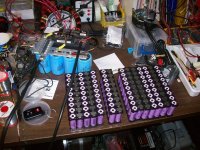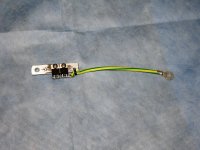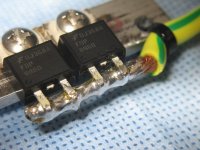Found it.riba2233 said:NetPro said:Nice 'scope, okashira.
I have been thinking to try one of those software oscilloscopes you install on your PC and connect via the sound card but have not had time to play with that.
Wonder if anyone has used one of these to get readings from the welder.
I know they have several limitations one of them being they do not display very well any frequency above 20 MHz (sound card limit) but for checking the welder they might be fine.
Search the thread, I've out some oscilloscope shots
It is great to see the actual pre-weld and the main weld pulse on the graph.
Thanks riba





